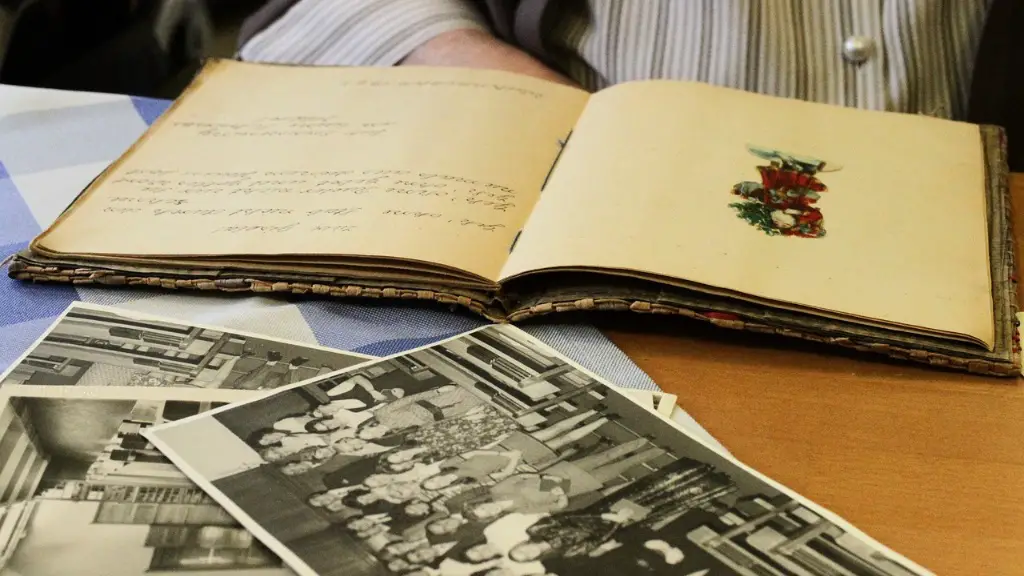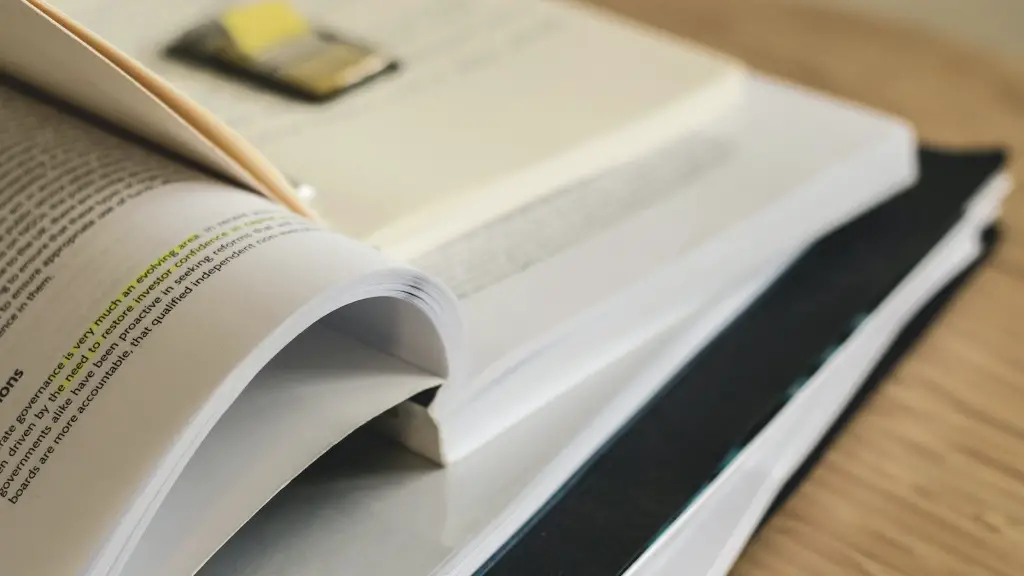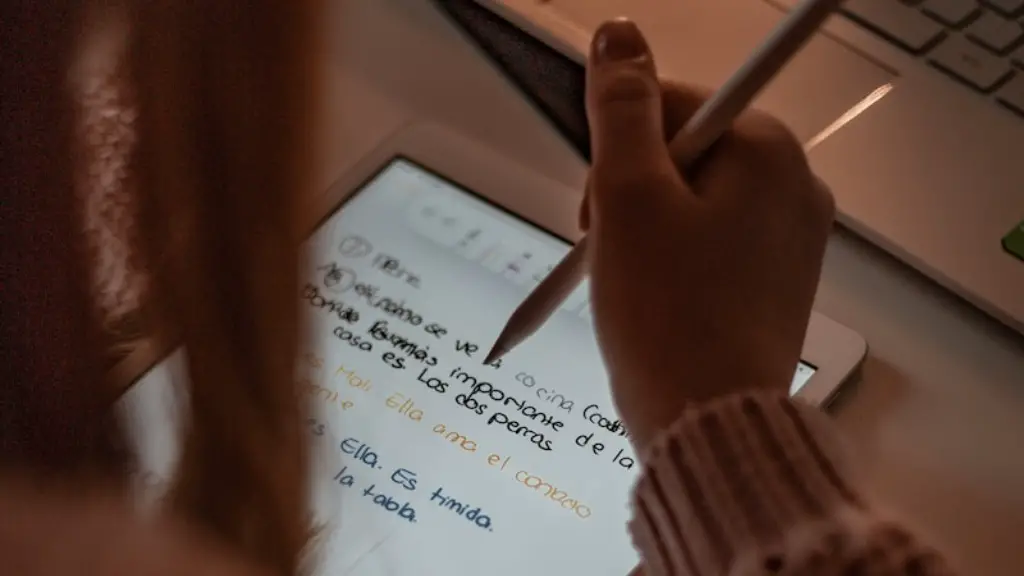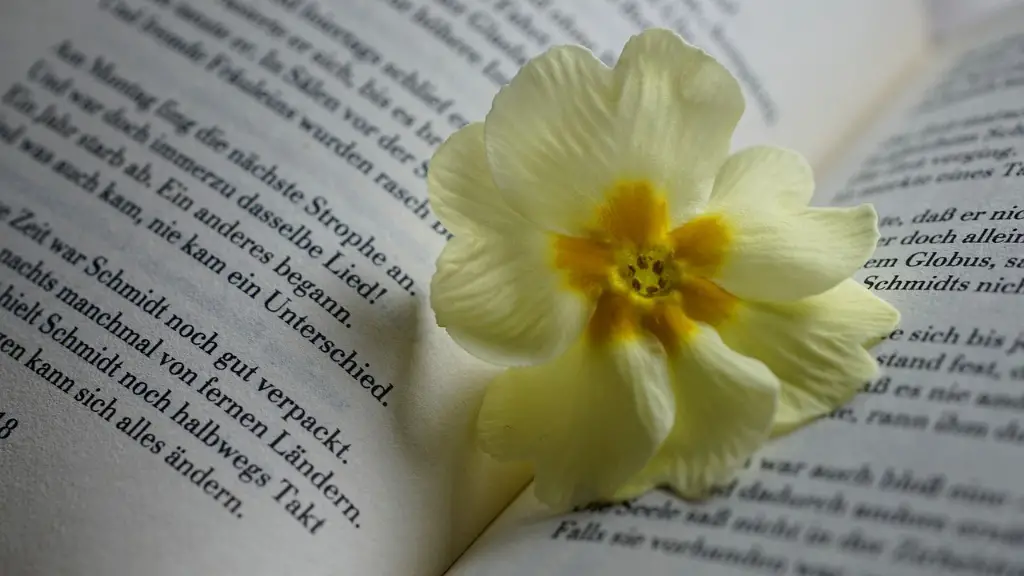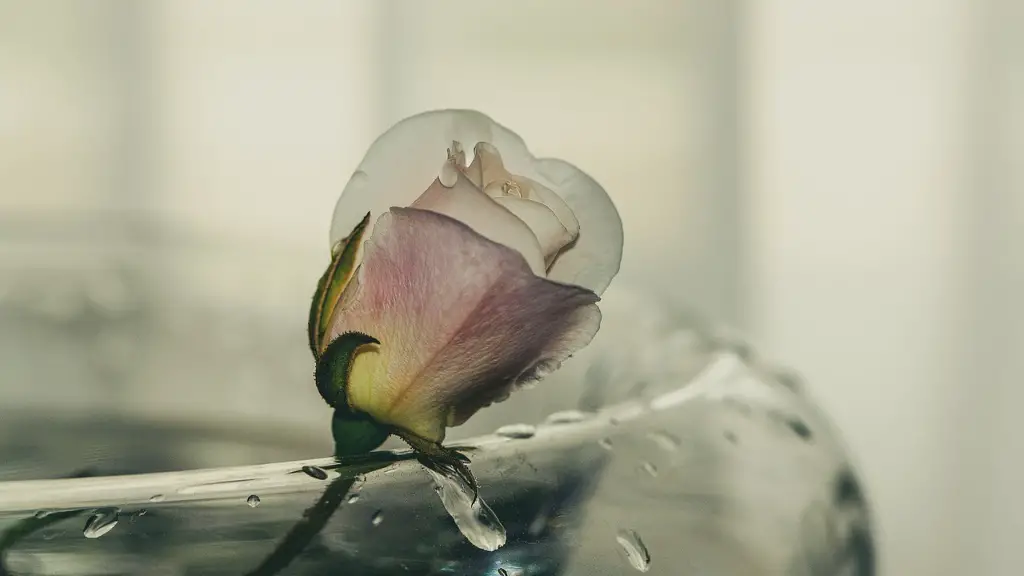Poetry is a unique form of written art. It expresses emotions, portrays stories or battles, through a mix of figurative language, sound, and meter. Lines are the foundation of each poem and like the bricks of a building provide structure and support to which the poet attaches the words which bring it to life. Lines can vary in length, beginning and end in different places, can rhyme, be free or rhythmically organized into a special structure called ‘meter’.
Poetry lines are often easier to identify when a poet uses a steady and consistent rhyme scheme, repetition or other structural devices. However, some poets opt for more elusive lines that require an attentive reader and careful scrutiny. These lines may end without warning or break in the middle of a sentence. They give a lifelike flow to words and depend on their poetic context for meaning. Emptier lines convey an emotional depth and are a major tool of the poets’ work, as poets usually intend to leave certain words in a certain way and emphasize certain ideas, using pauses, tone and imagery.
Intentionally mixing up the way lines end or begin is another way poetry is used. A poet may use poetry lines to create a contrast, to change the mood or to let the reader ponder something, or to create a surprise. Lines in a poem have a profound effect on its rhythm, meaning, and flow. For example, the poet may arrange the words in each line to put extra emphasis on some words.
The common meter in poetry is iambic, which means that each line consists of two syllables, with the first syllable being short and unaccented and the second being long and accented. This common structure helps to draw attention to the ideas and images being conveyed. But it is not the only way to use lines as a tool in poetry. Some poets opt for more experimental rhythms, i.e., random matching, scrambled rhythms, abrupt dashes and stops, and harsh rhymes, which allow poets to express inner thoughts and feelings without the structure and rules of traditional poetic forms.
An important aspect of lines in poetry is the end, the last word of the line. Many poets use the last word to create patterns and visual effects. This technique is called enjambment, which means to continue a sentence or phrase between two lines. This contributes to the overall flow of the poem and also creates tension and emotion. All these elements help to create a great poem and make readers think and feel as they read.
Questioning Lines
Aside from providing structure, lines in poetry are also used to pose questions. Questions are a great way to engage the reader, as well as to explore a poet’s thoughts and feelings. How a question is posed can reveal much about what a poet is trying to communicate and can spark interest about the overall theme of the poem. A well-asked question also offers insight into how the poet’s mind works, providing subtle hints about their motivations and intents.
Different poets use questions in different ways, such as repetitive questions, rhetorical questions, and philosophical questions. Repetitive questions are those which build on each other to drive home a certain concept. They direct readers to a particular focus that the poet is trying to emphasize. Whether it is repeated over several lines or a prolonged moment of silence, these questions can convey a deep emotion felt by the poet.
Rhetorical questions offer readers the opportunity to think deeply about whatever subject the poet is exploring. These questions do not require an answer, yet still offer readers the opportunity to explore their own thoughts and emotions on a given subject while providing a vehicle through which the poet can express their own. Philosophical questions, on the other hand, are used to create an intellectual debate. They may offer an unusual perspective, challenging readers to think differently about familiar issues.
The Art of Rhyme
Rhyme is often used when creating poetry. It is a poetic device that has been around for centuries and is the cornerstone of great poems. It is a pattern of similar endings or sounds of words, which can give a poem a musical or lyrical quality. There are various types of rhyme techniques such as end rhyme, internal rhyme, slant rhyme and truer rhymes. End rhyme is when words at the end of consecutive lines of a poem are identical in sound. This is the most frequent type of rhyme used by poets. Internal rhyme is where the same sound is used within a single line of poem. Slant rhyme is the use of two words that partially rhyme but do not fully end in the same sound. True rhyme, which is often found in nursery rhymes, involves the use of two words with identical endings.
Though not all poetry uses rhyme, it can be a great tool for poets. It can give a poem a sense of direction, help to link lines and ideas, and create a consistent flow. With careful and skillful use of rhyme, a flow is created, taking readers from one idea to the next.
Many times, popular rhymes will become associated with a certain poet or poem in a particular area. This can sometimes lead to a lasting fame and reputation, as rhymes are easy to remember and the audience can recall the words long after the poem has been heard.
A Mix of Themes
Poetry lines also provide a space for in-depth exploration of themes. A poet can use many lines to present a complex idea or a series of ideas, as in an epic poem. A few lines might be used to convey a simple and direct emotion or action. The poet can work with the lines to create a concrete poem, which describes the appropriate theme using shapes and images rather than words. By using various line breaks and lengths, the poet can manipulate the idea conveyed and give the poem a very distinct flow and mood.
Lines can also be used to advance the plot in stories and to foster a sense of unity and coherence in an extended piece of writing. Lines in poetry represent the boundaries that mark a poet’s work and provide a gauge for readers to follow the flow. Different authors use lines in unique ways to create a unique reading experience. Thus, an understanding of lines in poetry can help to further appreciate this art form.
Poetic Underscoring
Lines in poetry can also be used to emphasize particular parts of the poem. Underlining, italicizing, and bolding are all ways of underscoring certain words and phrases. These techniques can be used to draw attention to certain images, to instill a sense of urgency, or to give the poem’s rhythm a tempo-like feeling. By using certain punctuation and pauses, lines can be used to set the pace of the poem, allowing the reader to maintain an enjoyable reading experience.
Underlining, italicizing and bolding get a lot of attention, but so do other literary devices such as enjambment and slant rhyme, which can also be used to break up the rhythm. These techniques can be used to achieve a variety of effects and can be used to emphasize key points or ideas in a poetic line.
Interplay of Sounds
Poetry lines also provide a platform for the poet to play around with sound. Through the use of alliteration and assonance, a poetic line can become lyrical. Alliteration is the use of repeated consonants, usually at the start of several words; whereas assonance is the use of repetition of vowel sounds in neighboring words.
A poet can also explore the use of consonance in lines of poetry. This is when a consonant sound is repeated within a word or a phrase. All these techniques are used to give an poetic line a musical flow and can help create an unforgettable poem.
Using Poetic Forms
Certain forms of poetry utilize understandings of lines in creative ways. Haiku, for example, is a type of Japanese poetry that uses three lines, with the first and last broken into 5 syllables and the middle into 7 syllables. This form provides the structure within which the poet has to write, creating interesting and unexpected results. On the other hand, other types of poetry don’t rely on structure and are instead focused on creating an intensely emotive atmosphere. For example, the prose poem, which uses normal sentence structure and punctuation in order to express an intense feeling or emotion.
Different poets use lines in different ways and styles, giving them their own unique voice. Through lines of poetry, creative authors have found a way to express their inner emotions, thoughts, and feelings within a structured form. Lines in poetry provide a platform for exploration of the human condition, in all its complexity and beauty.
